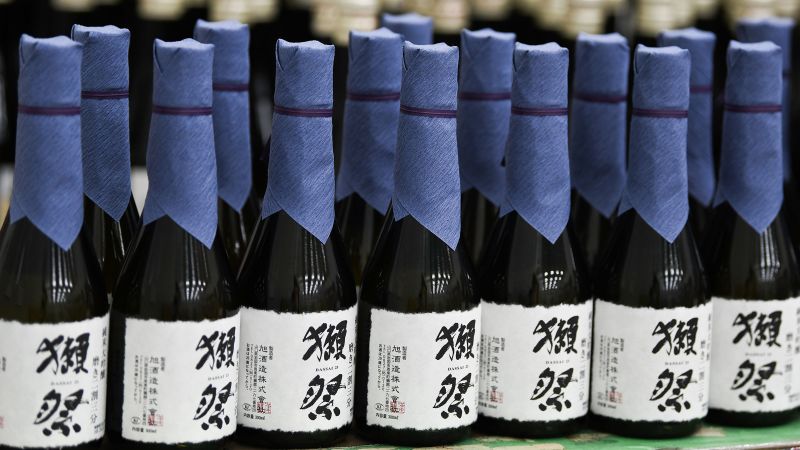In a groundbreaking initiative that blends traditional craftsmanship with cutting-edge science, Asahi Shuzo, the esteemed sake maker renowned for its Dassai brand, is paving the way for a novel endeavor: brewing sake in space. This ambitious project involves sending key sake-making ingredients to the International Space Station (ISS) to explore the effects of microgravity on the fermentation process. This venture marks a historic milestone as it takes the beloved Japanese drink where no sake maker has gone before—into the cosmos.
Asahi Shuzo has arranged for a unique fermentation experiment in collaboration with the Japan Aerospace Exploration Agency (JAXA). The essence of the experiment lies in transporting ingredients such as Japanese rice, water, koji (a type of mold), and yeast to the Kibo module of the ISS, which is uniquely designed for scientific experimentation in microgravity. The results of this experiment could hold significant implications for the future of food and beverage production beyond Earth, offering insights into how fermentation processes can be altered in space conditions.
If successful, this ambitious project aims to yield just one limited-edition 100ml bottle of the space-infused sake. The staggering price tag attached to it—100 million yen, or approximately $653,000—underscores the exclusivity and novelty of this venture. With a standard serving size of 80ml, the anticipated price elevates this unique beverage into the realm of rare luxury items, appealing not only to sake enthusiasts but also to collectors seeking to invest in something truly one-of-a-kind.
However, the road to success is fraught with uncertainty. Souya Uetsuki, the head brewer overseeing the project at Asahi Shuzo, has emphasized that there is no guarantee of success in their fermentation tests. He explained that the unique conditions of microgravity could alter heat transfer and fluid behavior, potentially impacting the fermentation process in ways that are currently unpredictable. This emphasizes the exploratory nature of the project, as the team navigates uncharted territory in their quest for novel brewing techniques.
The challenges posed by space brewing highlight the nuances involved in traditional sake production, which typically takes around two months and involves meticulous processes such as steaming, stirring, and fermenting. Sake has deep roots in Japanese culture, often enjoyed during significant celebrations and incorporated into culinary experiences in izakaya restaurants. In fact, it recently earned a spot on UNESCO’s list of the “intangible cultural heritage of humanity,” further reinforcing its cultural importance.
Dassai, which translates to “otter festival” in Japanese, is already one of the most recognizable names in the sake industry. The brand has garnered acclaim not only for its fine offerings enjoyed by consumers but also for its more exclusive products that appeal to connoisseurs willing to pay premium prices, sometimes reaching into the thousands of dollars for a single bottle. This new space initiative adds a fascinating layer to Asahi Shuzo’s inventiveness and dedication to expanding sake’s appeal.
Beyond creating a rare beverage, Uetsuki has expressed a wider vision for the project, which aims to gain insights into fermentation in space. He envisions a future where humans can traverse between the moon and Earth freely, with plans to produce sake tailored for lunar tourists. By creating beverages meant for enjoyment in such otherworldly settings, the company imagines enhancing the experience of future moon visitors, adding a touch of cultural heritage to extraterrestrial excursions.
In this spirit, the ambition does not end with sake. Uetsuki hopes that the advancements in fermentation technology could extend to other beloved Japanese fermented foods, such as natto and miso, thereby enriching the diets of space tourists. Asahi Shuzo is currently in the process of developing specialized brewing equipment, with plans for a launch slated for 2025. This unique intersection of tradition, innovation, and exploration underscores a thrilling chapter in the evolution of gastronomy, transcending terrestrial bounds and inviting the world of sake into the cosmos.



